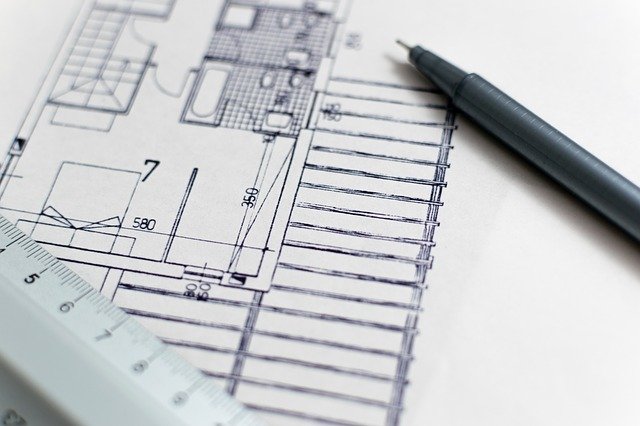Technological innovation has represented the biggest shift in modern day industry since the Industrial Revolution; as transistors get smaller and software gets smarter, innovators in every field are looking for ways new tech can revolutionise their work. And construction is no different, as new materials and new design possibilities necessitate new approaches to project management and construction methods. Here are four of the ways tech has changed – and stands to change – construction.
Efficiency
Efficiency in construction can make all the difference when it comes to a project of any size – and developments in technology can help bring about that efficiency where project management can no longer. For starters, an AI-driven attendance management system can track workers on a foreman’s behalf, freeing them up to focus more on pressing job-site issues. Project managers can utilise AI to visualise changes to blueprints before committing to them, and even to suggest structural changes that would decrease build time and increase integrity. This is just the tip of the iceberg for AI in construction, and more is sure to come of these developments and technologies.
Collaboration
Smart cloud technologies enable executives to share files instantly, and have various documents sorted and archived where they need to be. AI can comb through legal documents, contracts, blueprints and even emails, understanding which drafts succeed other drafts and who needs to receive which packets of information. This takes a lot of the stress out of administrating a project between contractor and investors, and enables everyone to collaborate without confusion.
Safety
Perhaps the most important entry on this list, advancements in technology have had a positive effect on safety in construction, whether in technique or on the worksite. Training tools have advanced from on-site training to VR, allowing more trainees to get hands-on with the principles and reducing the risk of on-site injury. Site management software can ensure that workers and visitors alike are accounted for on job sites, and AI-enabled access gates can prevent unauthorised visitors or workers from accessing dangerous or hazardous parts of the site.
Of course, tech leaps are not just in the digital space. Leaps in mechanical engineering and electronics have enabled the improvement of existing tool sets, with power tools like the Milwaukee drill driver series exemplifying what will soon become an industry standard; safety and modularity in one.
AutonomyAutonomy has been a dirty word in blue-collar circles for years, with the shrewd fears that the introduction of machinery to carry out repetitive and dangerous construction and engineering tasks would render swathes of the workforce obsolete. However, while this may have been true of factory floors and engineering workshops, the utility of autonomous technology has revolutionised the construction site without diluting the workforce. Unmanned drones enable quick and efficient site scans and analysis, while the same technology that powers driverless cars is being used to develop heavy machinery that can dig foundations without human intervention. Far from removing jobs from workers, these advances in machine technology enable those on a job site to work better, and pay more attention to other aspects of a given project.





